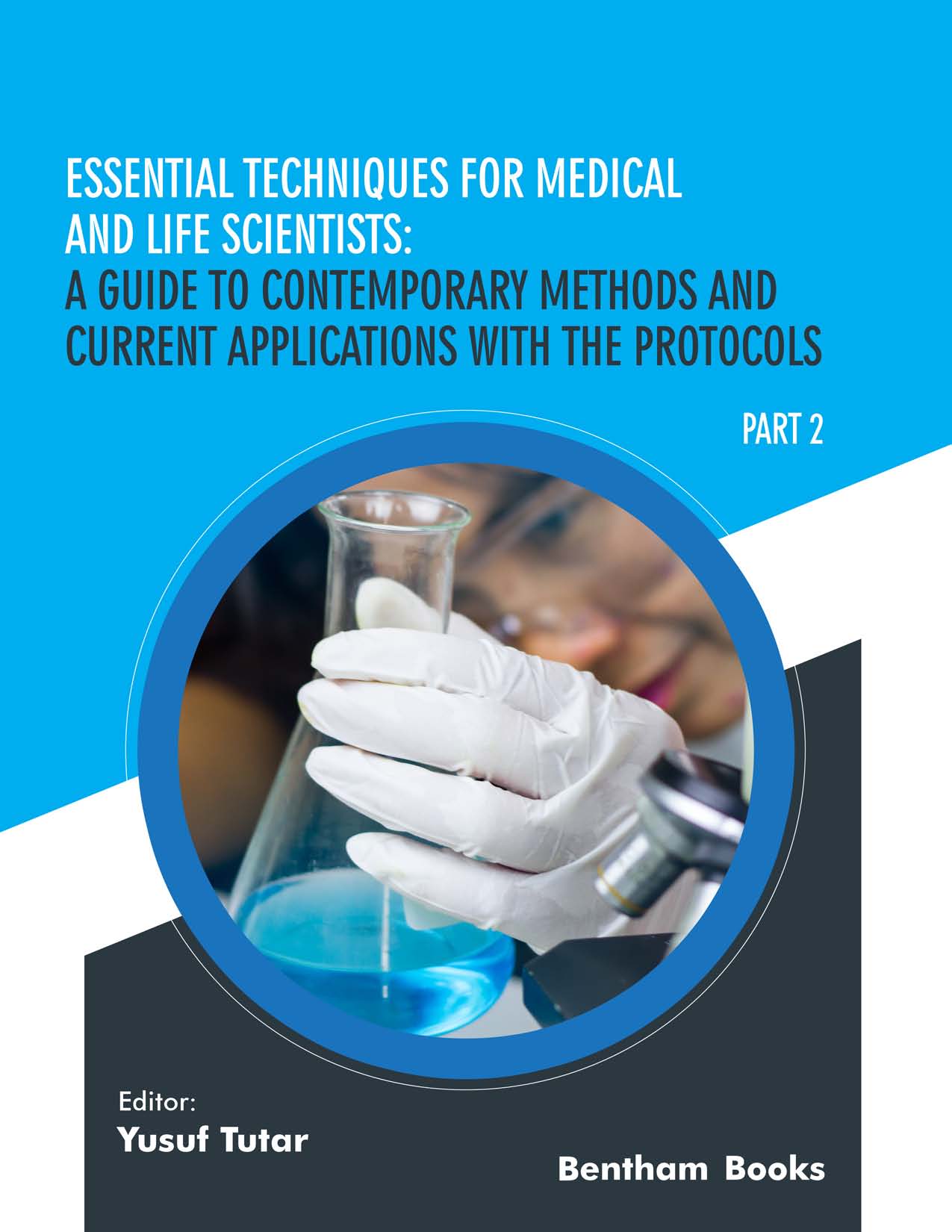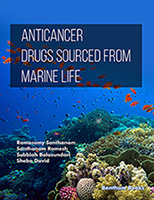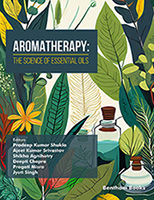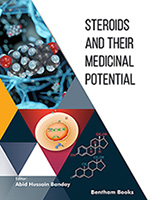Preface
This book is the second volume of “Essential Techniques for Medical and Life Scientists: A guide to contemporary methods and current applications with the protocols”. This volume focuses on imaging chemical identification methods, and emission spectroscopy along with a calorimetric method and their applications in medicine - biological sciences.
Chapter 1 explains FTIR and its acquisition of metabolic fingerprint of cells, tissues and biofluids. The method is rapid, simple, and economical, requiring label-free molecules and then sensitive detection.
Chapter 2 describes a common instrument of life science laboratory; High Performance Liquid Chromatography (HPLC). This separation method offers a wide variety of options for purification. Methodology and applications of the technique are explained thoroughly in this chapter.
Chapter 3 is a complementary technique to FTIR. Raman spectroscopy is a molecular spectroscopy and the basis of the method involves scattering of electromagnetic radiation by atoms or molecules. Raman provides fingerprint of an unknown chemical compound.
Chapter 4 explains a unique technique, Circular Dichroism. It is unique since the technique not only measures binding affinity but it also provides secondary structure composition percentage. The chapter further explains conformational analysis upon ligand binding and protein stability.
Chapter 5 and 6 discuss Transmission Electron Microscopy (TEM) and Scanning Electron Microscopy, (SEM) respectively. Microscopy enables direct visualization of macromolecules, cells, organelles, tissues, and organisms. Structure-function relationship can be assigned between macro and/or microscopic structure.
Chapter 7 is based on energy-dispersive x-ray analysis (EDX) technique which is useful in drugs and drug delivery research. SEM-EDX also detects nanoparticles which are generally used to improve therapeutic performance of chemotherapeutic agents. This work elaborates applications of SEM-EDX over compounds in medicinal plants, herbs, and shrubs.
This book is designed not only for early career young scientists (graduate students or postdoctoral associates) but also for scientists who are experts in a particular technique and want to use distinct applications for their experimental set-up. The next volume of the book will provide chapters for different analytical techniques.
Prof. Yusuf Tutar
University of Health Sciences
Turkey





